Understanding DMX Controller Joysticks
DMX controller joysticks are integral components in the realm of lighting control, offering precision and versatility for various lighting systems. These devices serve as the interface between the user and complex lighting setups, enabling the manipulation of light intensity, color, and movement with nuanced control.
Types and Applications
The applications of DMX controller joysticks are diverse, ranging from stage productions to architectural lighting. They are particularly essential in scenarios requiring dynamic lighting changes, such as concerts or theater performances. The types of controllers vary, with some designed for fixed installations and others for portable use, catering to the specific needs of the lighting technician or designer.
Features and Capabilities
A DMX controller joystick can come with a range of features, including multiple channel handling, preset scenes, and effect algorithms. These features enable the creation of complex lighting displays. For instance, in chauvet obey 70 programming, a joystick allows for intricate control over intelligent lighting fixtures, enhancing the visual impact of a performance or event.
Materials and Construction
The construction of DMX joysticks involves durable materials that can withstand the rigors of both studio and on-the-road use. The ergonomic design ensures that users can operate the device comfortably over extended periods, which is crucial during lengthy rehearsals or shows.
Advantages of Using DMX Joysticks
The advantages of using a DMX controller joystick are manifold. They provide a tactile and intuitive interface for lighting control, allowing for quick adjustments and real-time manipulation of lighting elements. This level of control is indispensable for professionals in the lighting industry who require immediate response and precision.
Choosing the Right DMX Controller Joystick
Selecting the right DMX controller joystick involves considering the specific requirements of the lighting system and the preferences of the user. Factors such as the number of channels, compatibility with different lighting fixtures, and the inclusion of wireless connectivity can influence the decision-making process. It is essential to assess the full range of functionalities to ensure the controller meets the demands of the intended application.




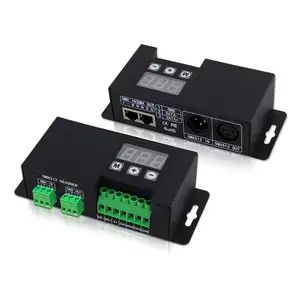

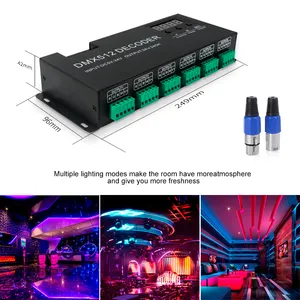

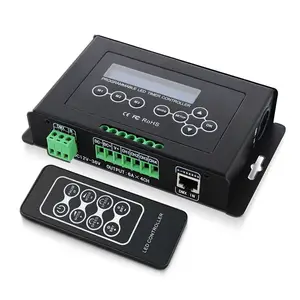

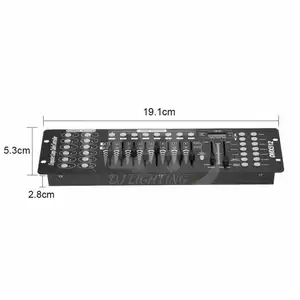
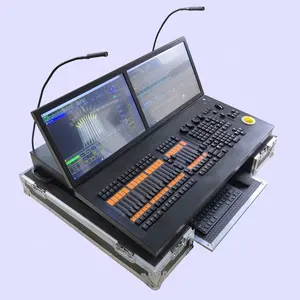



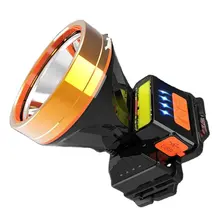

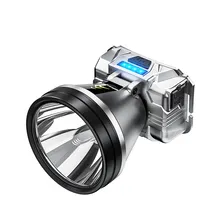

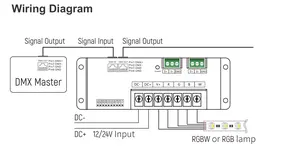




















 浙公网安备 33010002000092号
浙公网安备 33010002000092号 浙B2-20120091-4
浙B2-20120091-4